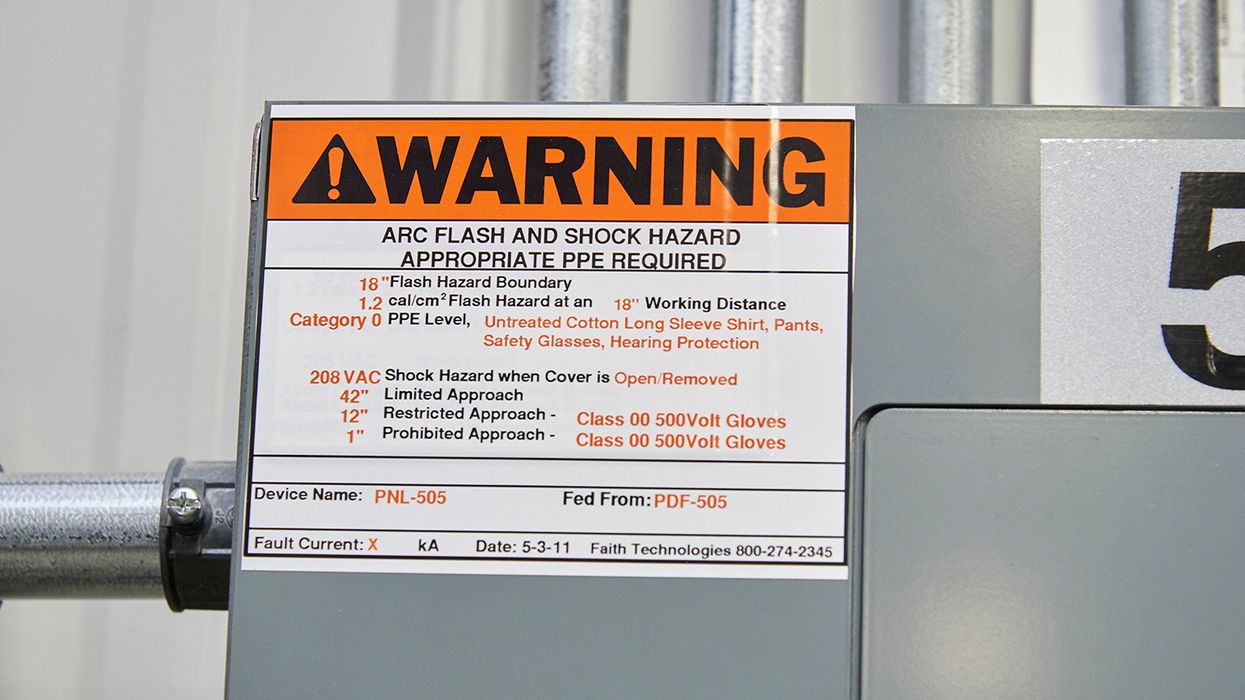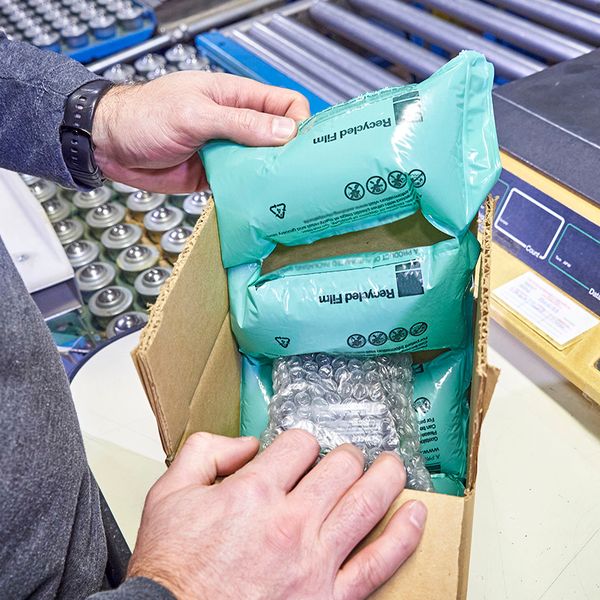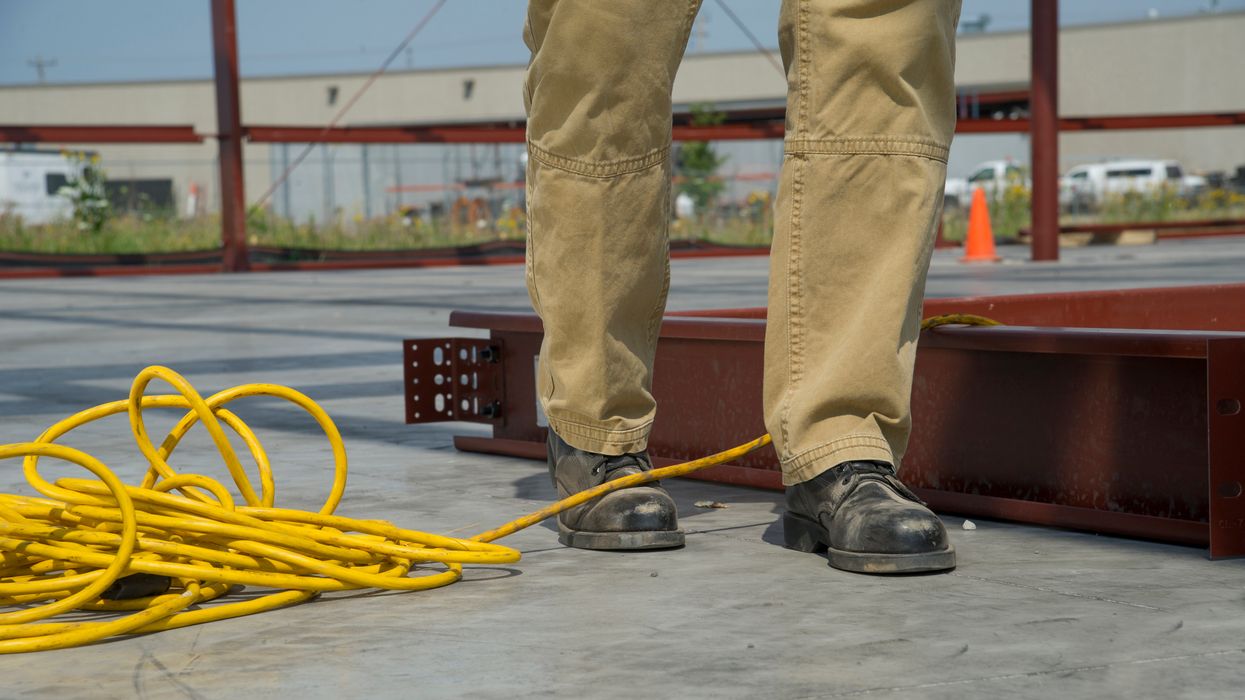Warning! Damaged EV batteries pose transportation risk
Batteries in flood-damaged electric vehicles (EVs) may catch fire or explode during transport, causing property damage, injury, and even death. The Pipeline and Hazardous Materials Safety Administration (PHMSA) recently issued a safety advisory to those who ship or transport EVs that may contain these damaged lithium-ion batteries. The EVs in question may have been damaged due to flooding during extreme weather events.
Inspection required
Ultimately, it’s the shipper’s responsibility to determine when a battery is damaged and therefore requires additional consideration for packaging and transportation. Those who ship EVs, including vehicle owners, salvage companies, and vehicle transport companies, must inspect lithium batteries installed in the EVs for potential damage prior to transportation. During the inspection, the following signs may indicate you have a damaged or defective battery:
- Heat: It is normal for batteries to generate some heat when they are charging or in use. However, if the battery feels extremely hot to touch, there is a good chance it is defective and at risk to start a fire.
- Swelling/Bulging: A common sign of lithium-ion battery failure is swelling. Similar signs are any type of lump or leakage from the device.
- Noise: Failing lithium-ion batteries have been known to make hissing, cracking, or popping sounds.
- Odor: Lithium-ion batteries emit toxic fumes when they fail. Strong or unusual odor coming from the battery is a good indication the battery is bad.
- Smoke: If the device is smoking, a fire may have already started.
You may need to contact the battery manufacturer to determine if there are other signs to look for or tests to conduct when determining if your EV battery is damaged or defective.
Handling requirements for damaged/defective batteries
Damaged or defective lithium batteries must be packaged and marked as required by 49 CFR 173.185(f), which includes following these steps, as applicable:
- Place the battery in an individual, non-metallic inner packaging that completely encloses the battery.
- Surround the inner packaging with non-combustible, electrically non-conductive, and absorbent cushioning material.
- Place each inner packaging into its own specification outer packaging rated to the Packing Group I performance level. This means only one damaged, defective, or recalled battery per inner packaging, and only one inner packaging per outer packaging.
- Mark the outer packaging as “Damaged/defective” and identify the battery type. The marking—reading “Damaged/defective lithium-ion battery” or “Damaged/defective lithium metal battery”—must be in characters at least 12 mm (0.47 inch) high.
Keep in mind that 49 CFR 173.21(c) prevents shippers from offering for transportation or transporting electrical devices, such as batteries and battery-powered devices, including EVs, that are likely to create sparks or generate a dangerous evolution of heat, unless packaged in a manner which precludes such an occurrence.
Key to remember: Damaged lithium batteries can pose a fire or explosion risk during transportation. Shippers should take the appropriate steps to inspect and package damaged lithium batteries to reduce risks.



















































